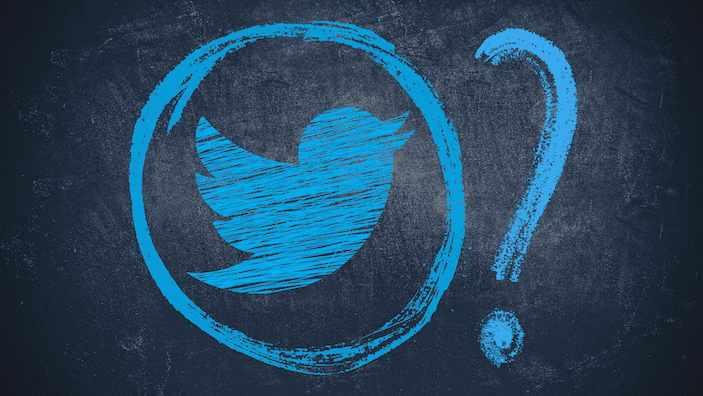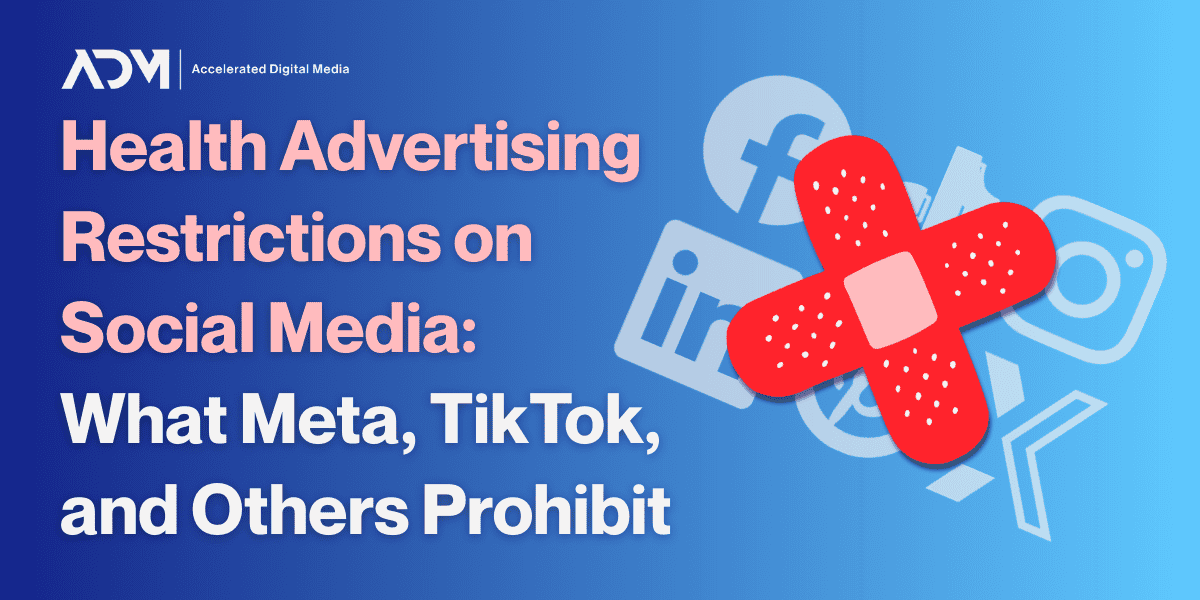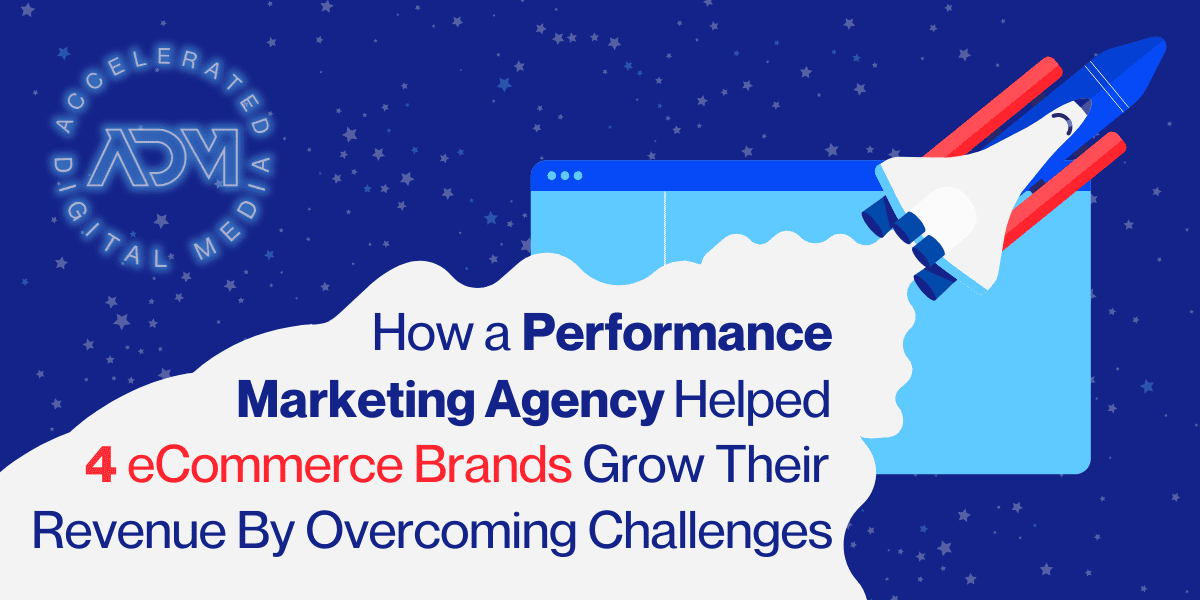Over the last decade, Twitter has become the internet’s hivemind. While much of social media keeps people connected to those they knew, Twitter is innately geared towards engagement between total strangers. It’s where the news breaks and the jokes start.
With its massive reach and emphasis on discourse, it has attracted not just journalists and jokesters, but also advertisers—to the tune of over $5 billion in Twitter Ads revenue per year. Brands love Twitter for its cost-efficiency (compared to other social platforms) and for its effective interest-based targeting. Historically, it boasted double the overall link click-through-rate of Meta’s advertising suite.
But since Elon Musk’s recent acquisition—and subsequent controversial use—of the popular social media platform, many brands have begun to question or even pause their Twitter investments. Just a month after the takeover, half of the company’s top 100 advertisers reportedly halted spending.
So, is Twitter still a smart digital advertising option? Let’s consider all the angles.
Concerns About Advertising on the New Twitter
Concern #1: Brands Don’t Want to Coexist With Objectionable Content
While Twitter has long allowed content that other social media platforms like Facebook and Instagram would not, it still had functioning moderation towards bullying, harassment, and hate speech.
For brands that paused Twitter advertising early, the loss of those guardrails was the leading concern. When the new owner called for a different vision of “free speech” on the platform, that included the reinstatement of many banned accounts—some belonging to extremist personalities and publications.
From an ethics and brand safety perspective, few companies want their product appearing alongside content antithetical to their values. A Morning Consult survey concluded that users would look less favorably on brands that advertised on social platforms where extreme content was allowed.
Concern #2: Stability/Security of Twitter
Another major shakeup at Twitter has been its staffing, or lack thereof. New ownership quickly laid off 3,700 employees, including a bulk of product engineering, moderation, and security staff. Its CISO resigned amid the purge.
With questions surrounding the company’s ability to fix bugs and respond to new cybersecurity vulnerabilities, it may be more daunting to do business with Twitter—given that the platform wasn’t exactly immune to glaring security lapses even before its recent takeover.
Concern #3: Long-Term User Outlook
Based on the previous two concerns, some anticipate that Twitter’s popularity could wane over time, which would reduce its advertising potential. The brand’s new owner only has a 40% favorability rating among US adults according to YouGov—which may indicate that a number of domestic market Twitter users would be less-than-pleased to use his platform.
But that has yet to happen—in fact, the opposite has. Controversy draws intrigue, and in the early weeks of Musk’s ownership, the social media giant saw more app downloads and an uptick in daily usage.
Twitter Ads Opportunities Under New Ownership
Opportunity #1: The Twitter Audience is Still Huge
As mentioned, Twitter’s daily usage has yet to decline, and has actually increased in recent months. While so much uncertainty remains around the platform’s future, it still gives brands access to over 350 million global users, including nearly 57 million in the United States. While analysts expect those numbers to dip slightly—by less than 1 percent—it’s still one of the most widely-used social media platforms on the planet, with ample interest-based targeting potential.
Opportunity #2: Decreased Competition May Create Favorable Advertising Conditions
With the number of advertisers (and ad dollars) that vacated the platform early under its new management, there is greater opportunity for new or remaining advertisers to fill the void. It was recently reported that Twitter was offering massive spending and impression incentives for advertisers on the platform—though reserved for those willing to commit towards substantial levels of annual spend.
There are quality ad placements to be had, though the field could get crowded again: Twitter recently announced it was opening its doors back up to political ads, which had previously been banned.
Opportunity #3: Large, Credible Retailers Are Still Advertising on Twitter
Despite concerns and uncertainty, many major advertisers, including some of the world’s foremost tech giants, are still advertising on Twitter. Apple briefly paused investment after being publicly criticized by Elon Musk, but resumed not long after. Amazon is reportedly committed to about $100 million in ad spend for 2023 (“pending some security tweaks to the company’s ads platform,” according to Reuters).
It’s unsettled, however, whether brands can look to those as encouraging endorsements for future Twitter Ads viability or instances where the advertisers’ scale and reputation are already established enough to mitigate any downside.
The Advertising Community Remains Divided
A recent San Diego Union-Tribune roundup asked professors, agency experts, and economists whether they thought brands should cease Twitter advertising, and the responses were split almost evenly: 6 said yes and 7 said no, with nearly all echoing one of the reasons above.
ADM’s Director of Paid Social Media, Victoria Sullivan, also sees both sides of the argument. She says many brands are reluctant to advertise on Twitter with so much uncertainty—but with new conversion optimization features rolling out to its ad suite and additional opportunity created by other advertisers pulling back, it’s a complicated call.
“The phrase ‘when they zig, you zag’ applies here. If you are cautious about optimizing or have already pulled back, you aren’t alone,” Sullivan says. “Which, from my perspective, might be a reason you should consider advertising on it.”
Right now, Twitter is undergoing a period of drastic change. The early months of its new ownership have veered to the whims of its new owner—who has announced that he will be stepping down as CEO whenever he finds a replacement. No timelines or candidates are known, and speculation ranges from those with social platform management experience to assorted ex-politicians.
With a steadier hand, Twitter could likely continue on as one of the most valuable social media advertising platforms—and when other brands pulled back, they left behind plenty of opportunity for new entrants should things eventually stabilize.
“If Twitter makes a big comeback, it’ll be similar to when a new platform rolls out: You’d want to be an early adopter, not late to the game,” Sullivan says.
Despite all the controversy, users have yet to find a suitable replacement and remain as engaged as ever. But losing money and saddled with debt from Musk’s inflated purchase price, drastic changes to Twitter’s advertising program may be a necessity under new business management. Until the uncertainty subsides, brands must weigh the new opportunities against the severity of the concerns unfolding—and perhaps have a backup plan for that spend, just in case.




